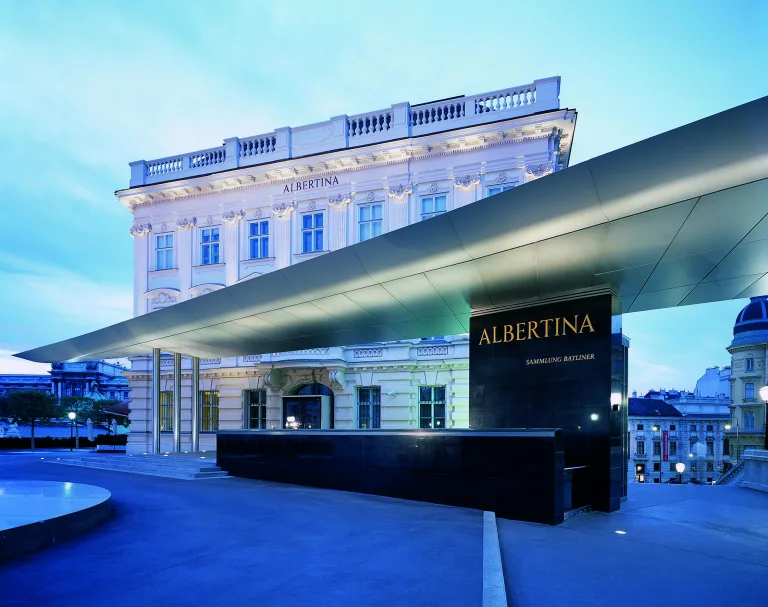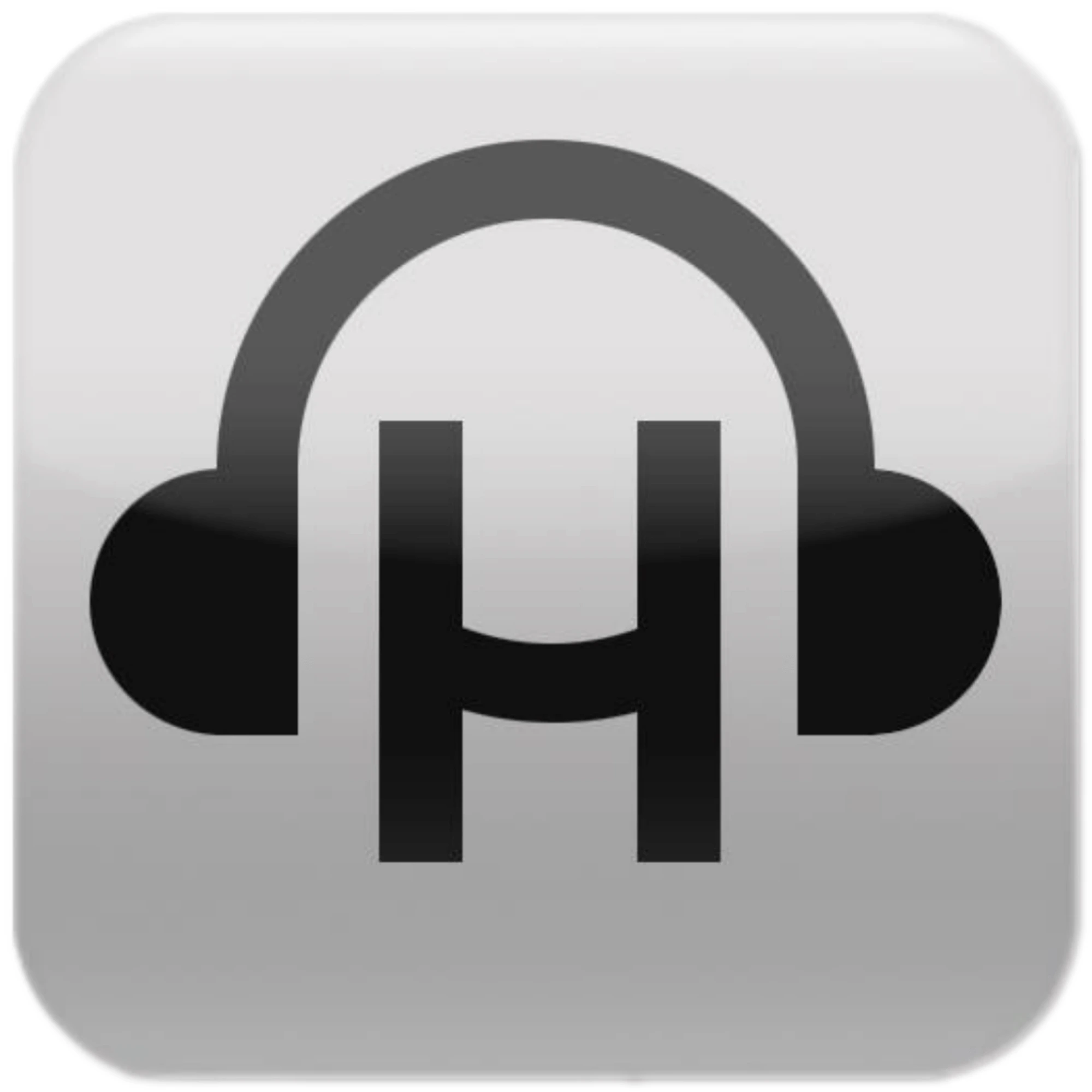Albertina
The most important things at a glance
- Audio guides, apps, multimedia, listening stations
- Assistance dogs allowed
- Reduced admission
- for people with hearing impairments / in ÖGS
- for people with visual impairments
- in easy or simple language
- Inductive hearing system
- Culture Pass: Hunger for art and culture
- Special tours & offers
- Rollator/wheelchair rental
information
- Albertinaplatz 1
- 1010 Vienna
- Vienna
- Open address in Google Maps
- Mon, Tue, Thu, Sat, Sun 10:00-18:00
- Wed, Fri 10:00-21:00
- € 7 for people with a disability card
- free for assistant
Contact
Description
The Albertina houses the world's largest and most important graphic art collection with around 9,000 drawings, prints and paintings from over six centuries, accompanied by temporary exhibitions of art and art history between 1500 and the present.
Physical accessibility
Entrance: via elevator and escalators
In the building: Lifts, toilets, cloakrooms
In exhibitions: Seating
Accessible information and content
In easy/simple language: Smartphone guide with information in easy language for selected exhibitions
To listen: Audio texts via the smartphone guide in selected exhibitions
In sign language: monthly guided tours in ÖGS
In Braille and tactile: No
Inclusive art and cultural education
Target group-specific tours and workshops: current offers see website
Sensory mediation aids: Sensory materials are offered as part of booked guided tours
Seal of quality
- Hunger for art and culture
- Austrian Museum Quality Seal

 Hearonymus Audio Guide
Hearonymus Audio Guide